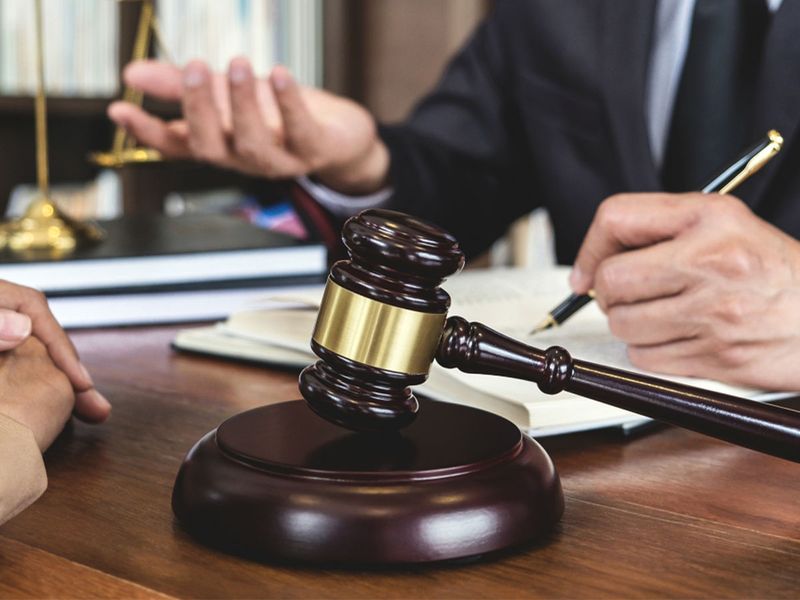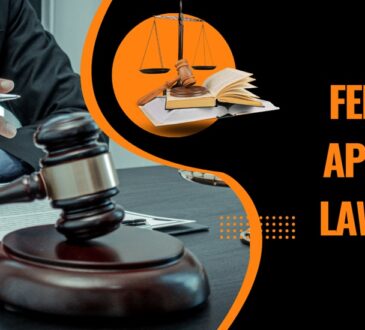
Rear-end collisions are one of the most common types of auto accidents, often resulting in injuries and property damage. When you find yourself in such a situation as a victim, it’s essential to understand how to prove liability to ensure that you receive the compensation you deserve. In this article, we will explore legal strategies for victims of rear-end collisions and the role of a “personal injury lawyer” or “auto accident lawyer” in seeking justice.
Understanding Liability in Rear-End Collisions
Liability in rear-end collisions is typically straightforward, as the rear driver is often considered at fault for the accident. However, there are situations where liability may not be as clear-cut. To establish liability and ensure you receive fair compensation, consider the following legal strategies:
1. Document the Scene:
Gathering evidence at the accident scene is crucial. Take photographs of the damage to both vehicles, the location of the vehicles, and any relevant road conditions or signage. This visual evidence can play a significant role in proving liability.
2. Obtain Witness Statements:
If there were any witnesses to the accident, ask them to provide statements about what they saw. Their testimonies can support your version of events and strengthen your case.
3. Seek Medical Attention:
Even if your injuries seem minor at first, it’s essential to seek medical attention immediately. A medical evaluation can link your injuries to the accident and provide a record of your condition, which can be used as evidence in your case.
4. Police Report:
Make sure to report the accident to the police and obtain a copy of the accident report. This report can provide crucial details and often includes the officer’s assessment of fault.
5. Consult with a Personal Injury Lawyer:
A “personal injury lawyer” or an “auto accident lawyer” can be a valuable asset in your pursuit of compensation. They can help you navigate the legal complexities, negotiate with insurance companies, and represent your interests in court if necessary.
6. Collect Relevant Documents:
Gather all documents related to the accident, such as medical bills, repair estimates, and records of any lost wages due to your injuries. These documents help establish the extent of your damages.
7. Expert Opinions:
If liability is disputed, you may need expert opinions to support your case. Accident reconstruction specialists or medical experts can provide testimony to clarify the circumstances of the accident and the extent of your injuries.
8. Be Cautious with Insurance Companies:
While insurance companies are there to compensate you for your losses, they may also try to minimize their payout. Consult with a lawyer before giving statements to insurance adjusters or accepting settlements. Your lawyer can help ensure that your rights are protected.
9. Establish Negligence:
To prove liability in a rear-end collision, you must establish negligence on the part of the rear driver. Negligence is often demonstrated by showing that the rear driver failed to maintain a safe following distance, was distracted, or violated traffic laws.
10. Comparative Negligence:
In some cases, the front driver may share some degree of fault, such as sudden and unexpected braking. Your lawyer can help evaluate the circumstances and determine if there’s any comparative negligence involved.
In conclusion, proving liability in a rear-end collision is essential to ensure that you receive fair compensation for your injuries and losses. While liability is often clear in such cases, it’s crucial to follow the right legal strategies to build a strong case. Consult with a “personal injury lawyer” or an “auto accident lawyer” to navigate the complexities of the legal process, protect your rights, and pursue the justice and compensation you deserve.




